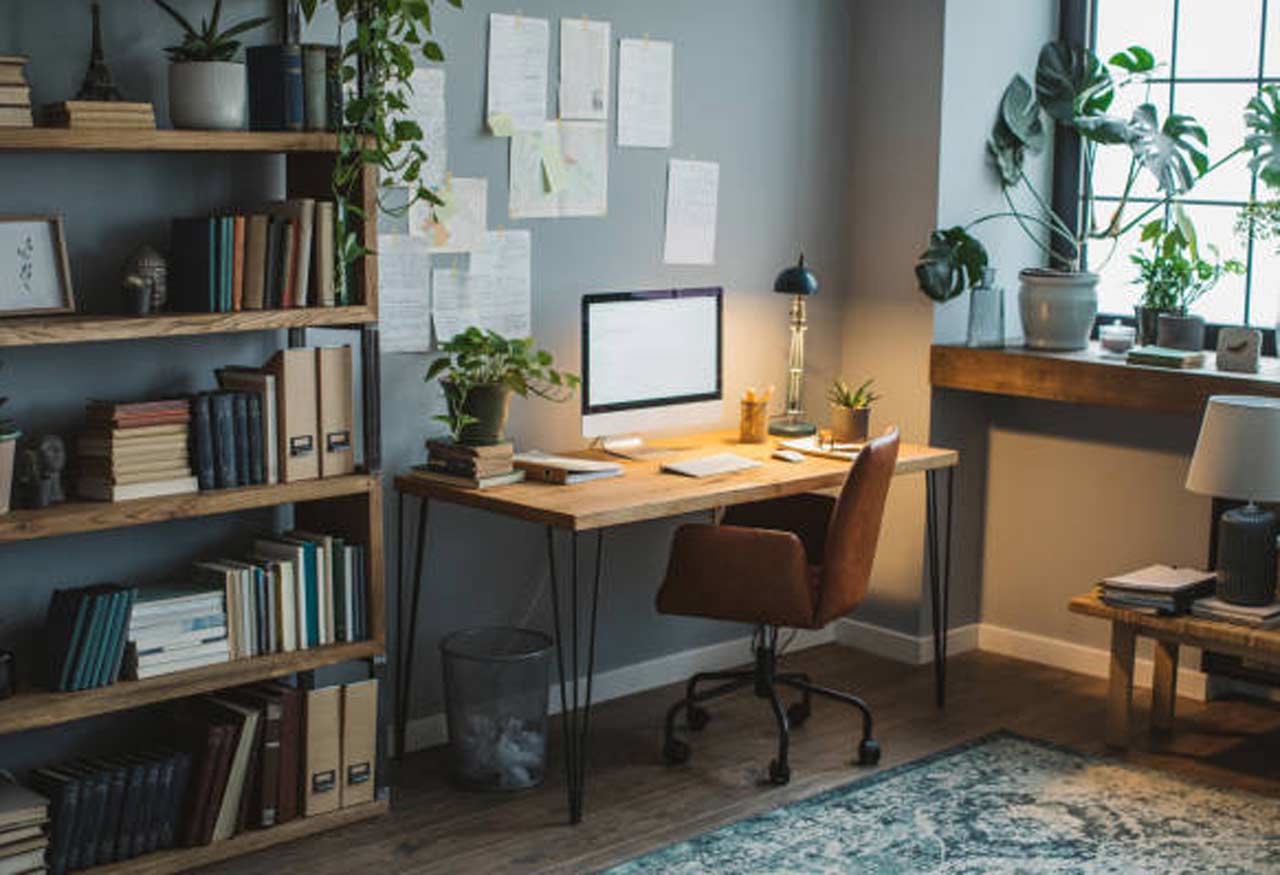The transition to online education and remote learning has necessitated the creation of a dedicated workspace at home. A well-designed home office can greatly improve your learning experience, making it both efficient and enjoyable. Selecting the right spot, furnishing it with care, integrating technology effectively, and personalizing the space are all critical steps. Below, we delve into these aspects to help you create the ultimate home office for online learning.
Integrating Technology To Create a High-Performance Online Learning Environment
Equipping your home office with the right technology is essential for an efficient online learning experience. A reliable computer or laptop is the most critical piece of technology; it should have a fast processor, ample memory, and a good webcam for virtual classes. Also, a solid internet connection is a must to avoid disruptions during online lectures or exams.
Think about including additional monitors to extend your visual desktop. This can be particularly useful if your courses require a lot of multitasking or reference to multiple sources simultaneously. The use of proper speakers or noise-canceling headphones can also help create a quiet learning environment, particularly if you’re sharing space with others.
Investing in quality software can aid in note-taking, project management, and communication. Many educational institutions have resources available to students, such as access to specialized software, including those needed for a health economics and outcomes research degree. Ensure you are taking advantage of these resources to optimize your home office’s technology setup.
Designing Your Space With Lighting and Acoustics in Mind for Optimal Concentration
Good lighting is more than just ensuring you can see your textbook; it can influence your mood and energy levels. Take advantage of natural light by placing your desk near windows, but ensure that the setup doesn’t cause glare on your screen. Soft, ambient light can reduce eye strain during evening study sessions.
The right temperature can also affect your ability to focus. Maintaining a comfortable climate in your workspace is essential. Visit climatecontrol-sa.com for solutions to maintain the temperature of your home office environment and make sure it’s conducive to long periods of work and study.
Acoustics also play a role in designing your learning space. Consider the potential for echoes or reverberation in your chosen room. Acoustic panels or even bookshelves filled with books can help dampen sound and create a more conducive auditory environment. Remember, distractions from household noise can disrupt concentration, so plan for a quiet space or use proactive measures like sound-masking devices or white noise apps.
Selecting the Right Location for Your Home Office to Enhance Learning Efficiency
Choosing the perfect location within your home for an office is a crucial first step. Ideally, the area should be quiet, possess ample natural light, and be sufficiently separated from the home’s high-traffic zones. Distractions can significantly impact your ability to concentrate, so selecting a spot away from the living room or kitchen can be beneficial.
Consider the view from your chosen space. Being able to look outside during breaks can be refreshing and can help reduce the eye strain associated with staring at screens for extended periods. Good environmental factors, like a serene view or a hint of nature, can enhance cognitive functions and improve focus.
It’s also important to select a space with enough room to accommodate your necessary equipment without feeling cramped. An overcrowded space can lead to a cluttered mind, negatively impacting your learning process. Make sure there is enough room to move around, which is essential for maintaining energy levels during long study sessions.
Organizing and Personalizing Your Home Office to Foster Productivity and Creativity
Staying organized is key to a productive workspace. Keep your desk tidy with organizational accessories like pen holders, file organizers, and digital tools that help you keep track of assignments and deadlines. Limit clutter to what is necessary—too many items can lead to distractions and make it difficult to find what you need when you need it.
Incorporating greenery can breathe life into your space. Plants not only enhance the aesthetic appeal but can improve air quality and reduce stress, making them a great addition to any home office. Choose low-maintenance plants if you’re concerned about the care requirements.
Altogether, tailoring your home office space to fit your learning needs creates a foundation for successful and enjoyable online education. By considering location, ergonomics, technology, environment, and personalization, you can build a productive and inspiring space that will aid in your educational journey.









